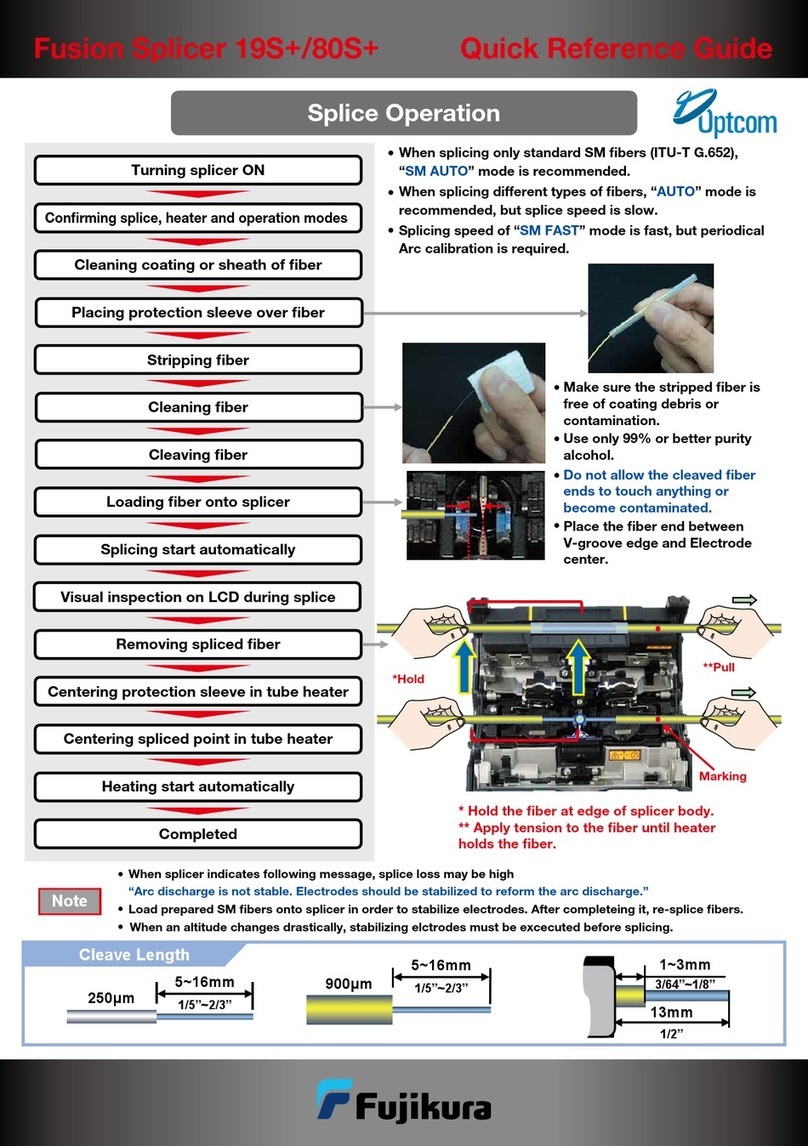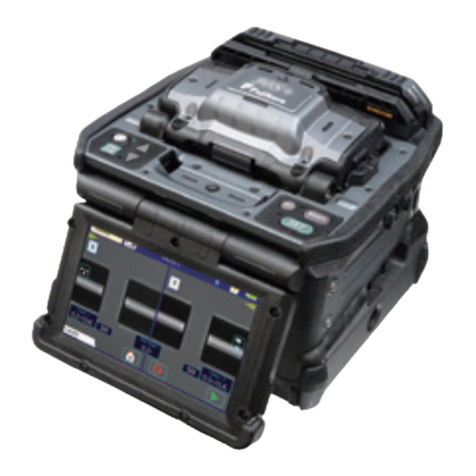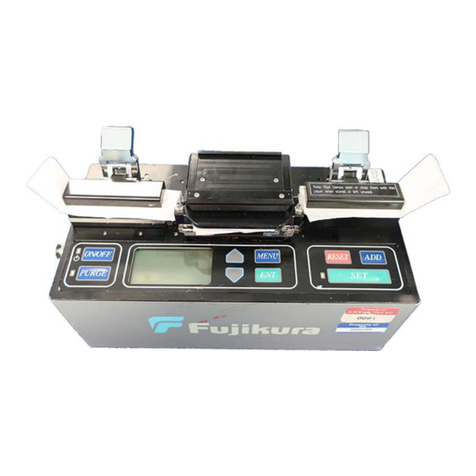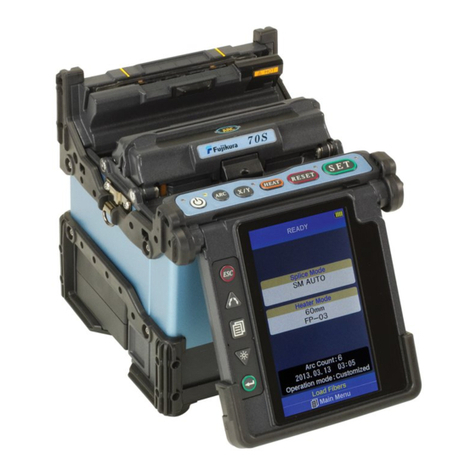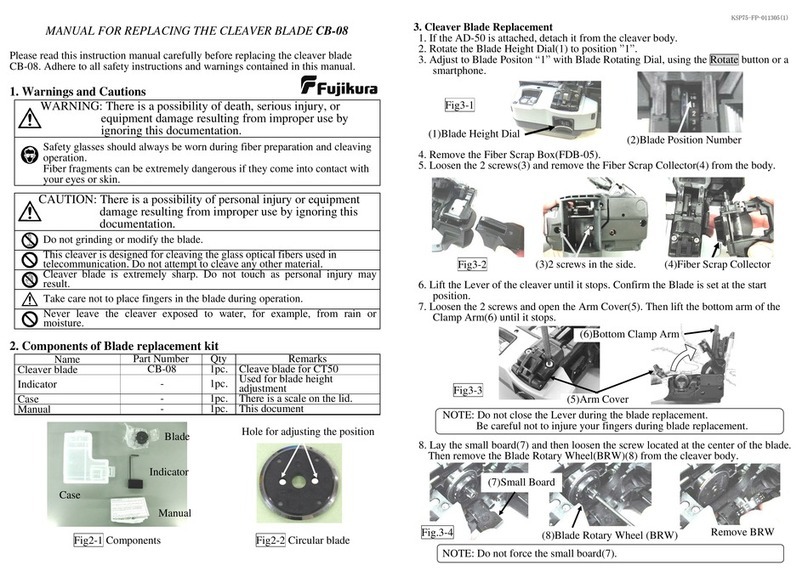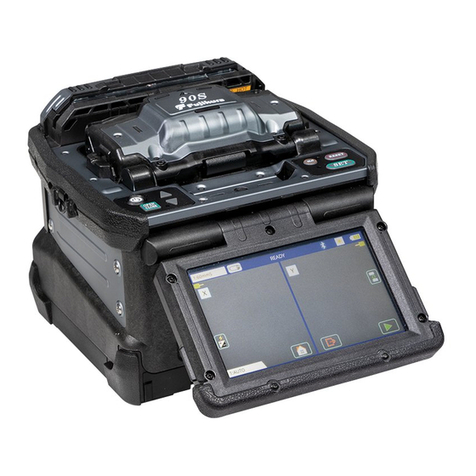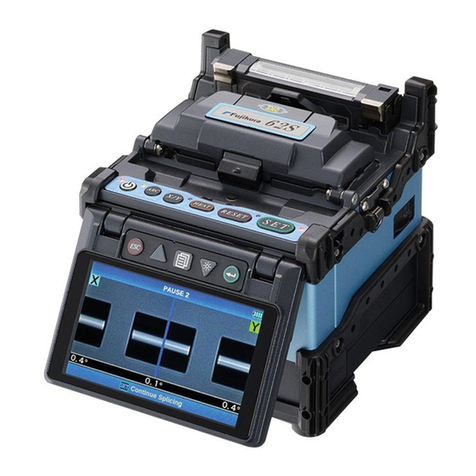Table of Contents
Warnings and Cautions for Safe Operation…………………1
Introduction.............................................................................6
Description of Products...........................................................8
1. Components of Splicer .............................................................................................. 8
2. Other Necessary Items for Splicing Operation....................................................... 9
3. Description and Function of Splicer...................................................................... 10
Basic Operation.....................................................................12
1. Inserting Power Supply into Splicer......................................................................12
2.Turning splicer "ON".............................................................................................. 16
3. Setting sleeve centering device ...............................................................................17
4. Cleaning optical fiber.............................................................................................. 17
5. Placing protection sleeve over fiber .......................................................................17
6. Stripping and cleaning fiber................................................................................... 17
7. Fiber Cleaving.......................................................................................................... 18
8. Loading fiber to splicer........................................................................................... 19
9. Splicing procedure................................................................................................... 20
10. Removing spliced fiber.......................................................................................... 26
11. Hold left fiber with left hand here........................................................................26
12. Heating protection sleeve...................................................................................... 26
Maintenance of Splicing Quality..........................................28
1. Cleaning and Checking before Splicing ................................................................ 28
2. Periodical Checking and Cleaning.........................................................................30
Splice Menu...........................................................................34
1. Splice Mode..............................................................................................................34
2. Heater Mode............................................................................................................. 48
3. Arc Calibration ........................................................................................................ 52
4. Splice Option............................................................................................................ 54
5. Splice Result............................................................................................................. 56
Management Menu...............................................................60
1. Change of Operating Direction.............................................................................. 62
2. Power Save ............................................................................................................... 63
3. Menu Lock / Power On Option / Other Option.................................................... 64


